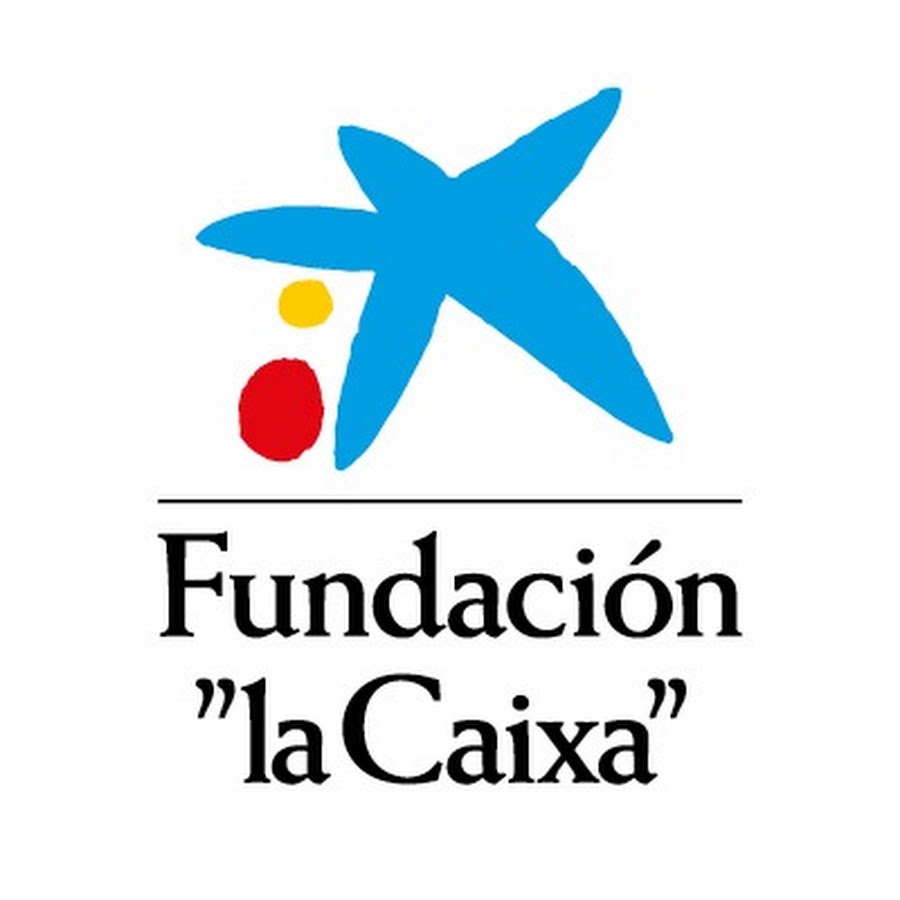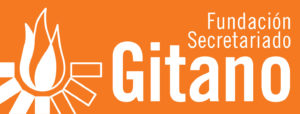List of most relevant references to EURoma Network
2014 | Toolkit ‘Programming the Structural Funds for Roma Inclusion’ of the Open Society Foundations (OSF) Making the Most of EU Funds for Roma (MtM) programme
This toolkit makes reference to the Network and its publications. It also stresses the complementarity of this toolkit with the EURoma Network ‘Tackling Roma Needs in the 2014-2020 Structural Funds Programming Period’.
2014 | Partnership Agreement of the Czech Republic
A reference is made to the recommendation of the EURoma Network to focus on the Roma community following an explicit but not exclusive approach.
Footnote 82. ‘E.g. according to EURoma (European Network on Social Inclusion and Roma under the Structural Funds), this approach proved to be one of the best ways to integrate the Roma, which among other things allows the formulation of clear objectives, adequate forms of implementation as well as speci c forms of monitoring and evaluation. The explicit, rather than exclusive approach is also emphasized by the EU initiative “For Diversity Against Discrimination” as one of the 10 Common Basic Principles on Roma Inclusion).’
2014 | European Commission Communication ‘Report on the implementation of the EU Framework for National Roma Integration’ (COM/2014/0209)
A mention to EURoma is included in the section 5 ‘Conclusions: the way forward’.
In order to make sure that the path towards Roma inclusion opened up by the EU Framework and the Council Recommendation is consequently followed further, the Commission will among other measures:
‘Promote the use of available EU funds (…) including through the EURoma network, made up of representatives of twelve Member States with the aim to promote the use of Structural Funds to enhance the effectiveness of policies targeting the Roma and to promote their social inclusion.
2012 | Article ‘Learning from the EURoma Network’, European Roma Rights Centre (ERRC) Journal
This article is included in the 2011 Roma Rights Journal of the European Roma Rights Centre (ERRC) ‘Funding Roma Rights: Challenges and Prospects’.
It shares the point of view and the experience of the EURoma Network on the use of European funds to promote the rights of the Roma population.
2012 | Italian National Strategy for the Inclusion of Roma, Sinti and Caminanti Communities
The Strategy makes reference to EURoma and to the involvement of Italy in the Network.
In this context, mention has to be made of the EURoma Network and the relating activities by the National Network. Since 2008, within the transnational activities foreseen in the PON (standing for, Operational National Programme), Italy has joined the European Network on the RSC Inclusion, as promoted by the ESF Unit of the Ministry of Labor and Social Affairs of Spain, on the basis of the experience made by the latter in Equal.
In the above Network, along with twelve other Member-States, Italy, participates: in the Management Committee through the General Directorate on Active and Passive Labor Policies (PAPL), DG Immigration and Integration Policies of the Ministry of Labor, and UNAR; and in working-groups on “Occupation” and “Social Inclusion”.
This Network aims at increasing the use of structural funds by the Countries’ Institutions for actions concerning the social inclusion of Roma communities, and at providing guidance to policymakers to plan more effective interventions, besides promoting the exchange of good practices and of information on initiatives among relevant stakeholders.
Italy thus participates in the European Network EURoma, to help promoting the discussion and sharing of information of initiatives for the RSC communities, which are also realized on the national territory.
2012 | European Commission publication ‘Working together for Roma inclusion. The EU Framework explained’
EURoma is mentioned in the section ‘Creating synergies between local and regional authorities’. In particular it refers to the cooperation between the Network and the Committee of the Regions to develop a guide for local decision makers.
The Committee of the Regions
(…) The CoR has published two opinions on the issue of Roma inclusion. In addition, it is working with the EU-Roma Network, a group of 12 EU Member States that cooperate on Roma issues, on a guide for local decision makers on how to develop programmes for Roma inclusion using the EU Structural Funds, which is due to be published in autumn 2011.
2011 | European Parliament Resolution on the EU strategy on Roma inclusion (2010/2276(INI))
The European Parliament ‘calls on the Member States to implement the horizontal priority ‘Marginalised Communities’ within the framework of the EU Structural Funds and to participate in the EU-Roma network working on the good implementation of structural funds for Roma social inclusion’.
It also ‘urges the Member States to make use of the EU Roma network in order to encourage an exchange of best practices’.
2011 | Council Conclusions on an EU Framework for National Roma Integration Strategies up to 2020
The Council invites the European Commission and the Member States, in close cooperation and in accordance with their respective competences:
36. To enhance cooperation between relevant stakeholders in order to facilitate the exchange of best practices and mutual learning regarding evidence-based policies and successful methods, including by extending and improving existing networks and initiatives such as the EU Roma Network.
2010 |European Commission publication ‘The European Social Fund and Roma’
The publication describes the EURoma Network and points out to its creation as an answer to the need expressed by the national Managing Authorities and the European institutions in the 2000-2006 programming period for a better coordination of the Structural Funds activities for the Roma.
2010 | Integrated European Platform for Roma Inclusion Road Map
‘The EURoma network and its partners (Managing Authorities of Structural Funds and specialised agencies responsible for policies aimed at Roma inclusion and development)’ are mentioned as ‘adequate outlets’ to disseminate the products ‘in order to achieve a multiplier effect’.
2010 | European Commission Communication ‘The social and economic integration of the Roma in Europe’ (COM (2010) 0133 final)
It makes reference to EURoma as a forum of exchange for Member States and encourages them to take part in the Network:
2. Progress Achieved
Member States report that they want to mainstream Roma issues and to use mutual learning and of peer reviews to explore how to improve their initiatives on desegregation and on access to education, employment and basic social services. A forum for such exchanges is the European Network on Social Inclusion and Roma under the Structural Funds (EURoma), which aims at exchanging information and experience, sharing strategies and approaches and generating knowledge.
3. Challenges ahead
The increasing exchanges of experience among national administrations about successful Roma-targeted programmes can be developed through the participation of Member States in the European Network on Social Inclusion and Roma under the Structural Funds (EURoma). An academic network on Roma studies, supported by the Commission and the Council of Europe, will improve the evidence base for Roma initiatives and create a stronger bridge with policy.
The Commission will:
– encourage Member States to use the EURoma network to exchange best practices;
2009 | Vademecum: 10 Common Basic Principles on Roma inclusion
Benefit from feedback and expert information from the EURoma network on the use of the Structural Funds for the Roma’ is proposed as one of the ways to achieve in practice Principle n° 7 regarding the ‘Use of European Union instruments’.
Funded by:





